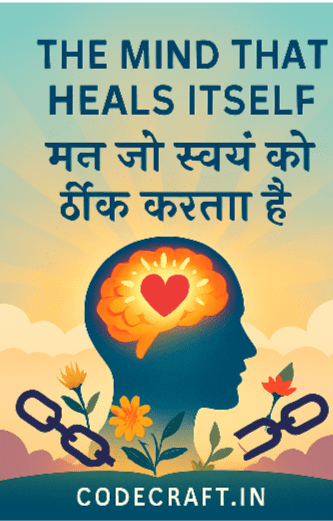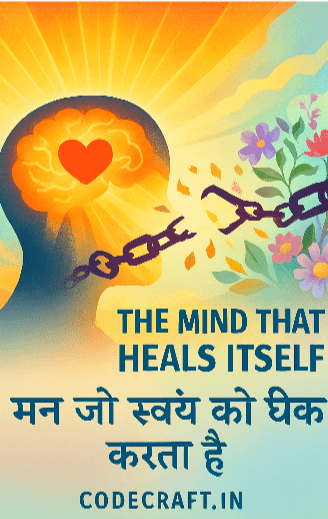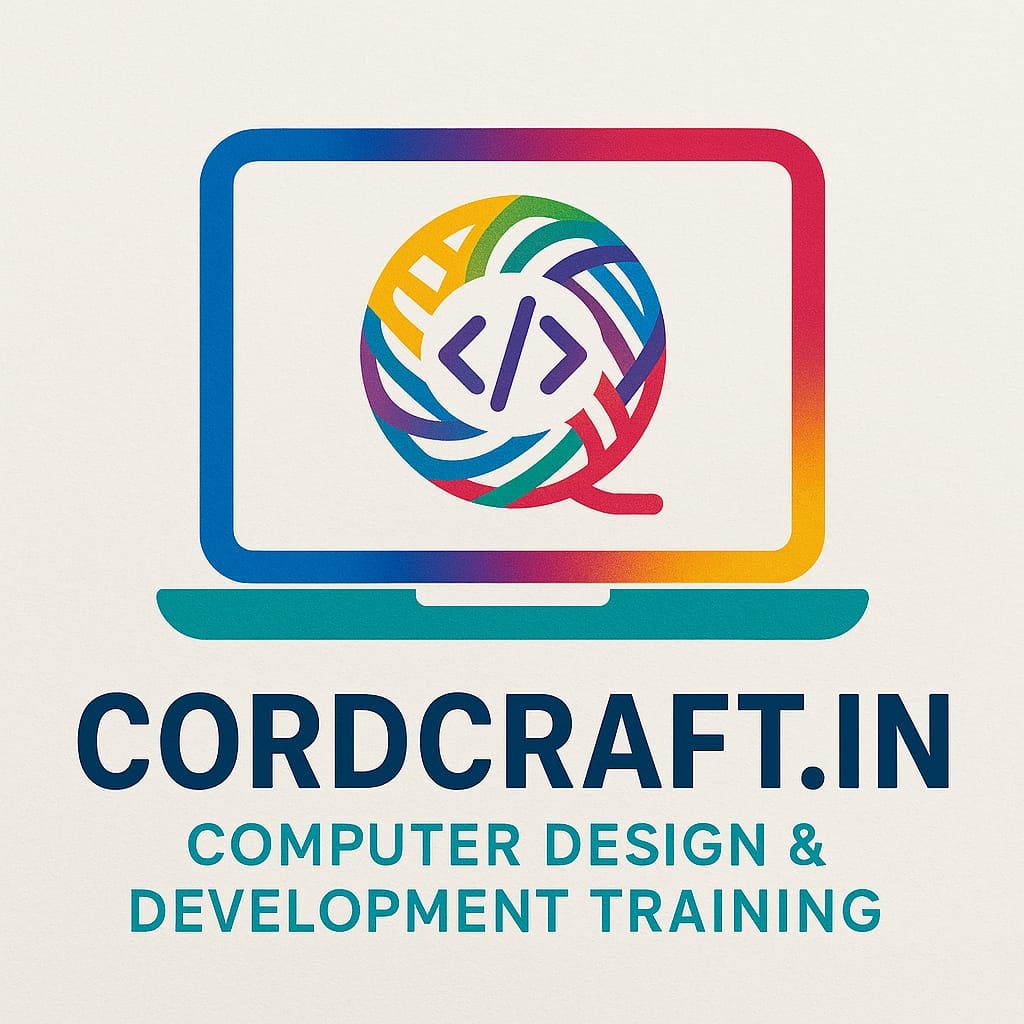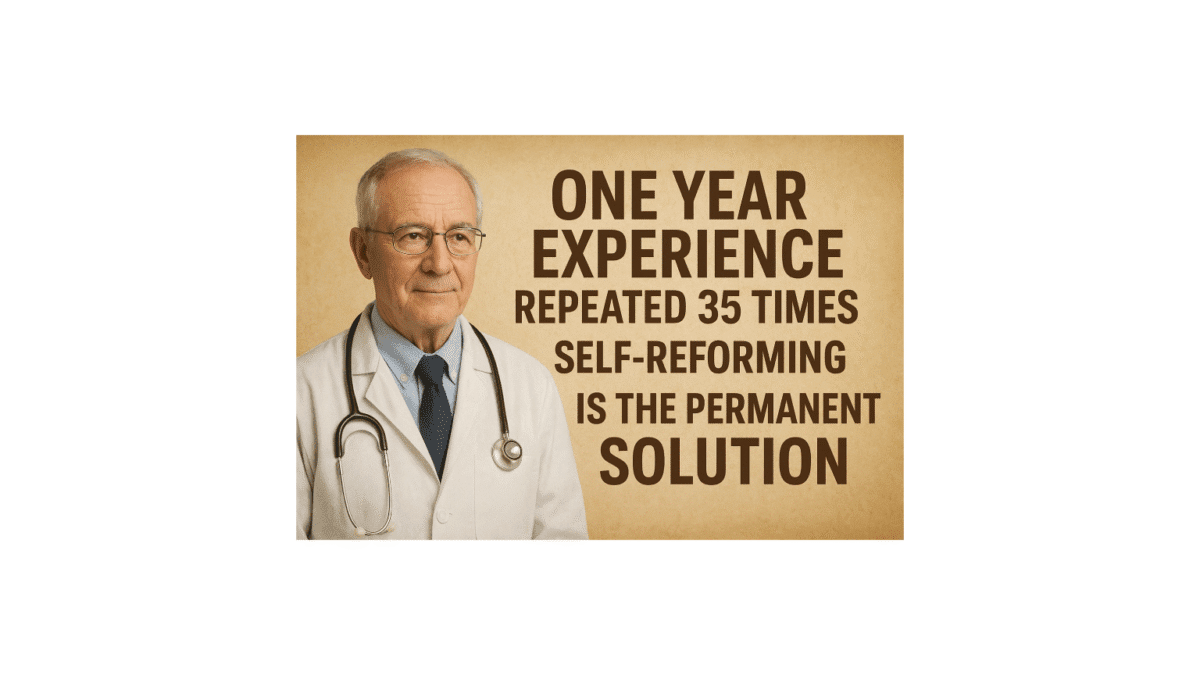व्यसन क्या है?
व्यसन एक दीर्घकालिक मस्तिष्क विकार है, जिसकी विशेषता नकारात्मक परिणामों के बावजूद पदार्थों या व्यवहारों की बाध्यकारी खोज और उपयोग है।
*Types of Addiction:*

1. *Substance Addiction:* involves substances like drugs, alcohol, or nicotine.
2. *Behavioral Addiction:* involves behaviors like gambling, gaming, or compulsive shopping.
*Causes of Addiction:*
1. *Genetics:* genetic predisposition can increase risk.
2. *Environment:* exposure to substances or behaviors, peer pressure, and stress.
3. *Brain Chemistry:* imbalances in neurotransmitters like dopamine.
*Signs and Symptoms:*
1. *Loss of Control:* inability to stop or reduce use.
2. *Tolerance:* needing more to achieve the same effect.
3. *Withdrawal:* physical or emotional symptoms when stopping use.
4. *Neglect of Responsibilities:* ignoring obligations due to addiction.
*Effects of Addiction:*
1. *Physical Health:* damage to organs, increased risk of diseases.
2. *Mental Health:* depression, anxiety, mood swings.
3. *Relationships:* strained relationships with family and friends.
4. *Daily Life:* impact on work, school, or daily activities.
*Treatment and Recovery:*
1. *Detoxification:* medically supervised withdrawal.
2. *Therapy:* counseling, cognitive-behavioral therapy (CBT).
3. *Support Groups:* connecting with others in recovery.
4. *Lifestyle Changes:* adopting healthier habits and coping mechanisms.
*Prevention:*
1. *Education:* learning about addiction risks and consequences.
2. *Healthy Coping Mechanisms:*
Environment and Mind: The Fertile Ground for Addiction
Addiction doesn’t begin in isolation—it’s seeded in context.
🔹 Environmental Triggers
– Sensory cues (sights, smells, social settings) can evoke memories of pleasure.
– Cultural norms may glamorize certain behaviors (e.g., alcohol at celebrations).
– Stressful surroundings (poverty, trauma, loneliness) increase vulnerability.
🔹 Mental Landscape
– Desire begins as curiosity or longing, often shaped by unmet emotional needs.
– Imagination fuels anticipation—what you called “the real taste of it.”
– Repetition turns desire into habit, and habit into identity.
Over time, the mind stops questioning. It accepts the behavior as “normal,” even sacred. Logic is bypassed. This is the philosophical tragedy of addiction: the surrender of reason to ritual.
Why We Become Slaves to Addiction
Addiction is a shortcut to reward. It offers:
– Immediate pleasure
– Escape from pain
– Illusion of control
But these are borrowed feelings. The cost is:
– Diminished autonomy
– Blunted emotional depth
– Loss of connection to reality
Breaking Free: A Path to Recovery
Recovery is not just abstinence—it’s reclaiming the mind’s sovereignty.
🔸 Awareness
– Recognize the cycle: attraction → desire → action → habit → identity.
– Question the satisfaction: Is it real or rehearsed?
🔸 Reconnection
– Replace addictive rewards with meaningful pursuits—service, creativity, relationships.
– Rebuild the prefrontal cortex through effortful, goal-oriented behavior.
🔸 Environment Shift
– Change the sensory landscape: new places, new people, new rituals.
– Create safe spaces for reflection and healing.
🧭 My Perspective: Addiction as a Philosophical Crisis
Addiction is not just a brain disorder—it’s a crisis of meaning. It reflects a society that offers pleasure without purpose, stimulation without soul. To heal, we must restore:
– Ethical reflection: What is truly good?
– Community support: Who walks with me?
– Spiritual depth: What do I serve beyond myself?




most needed awareness blog
continu this blog with more detail
👍